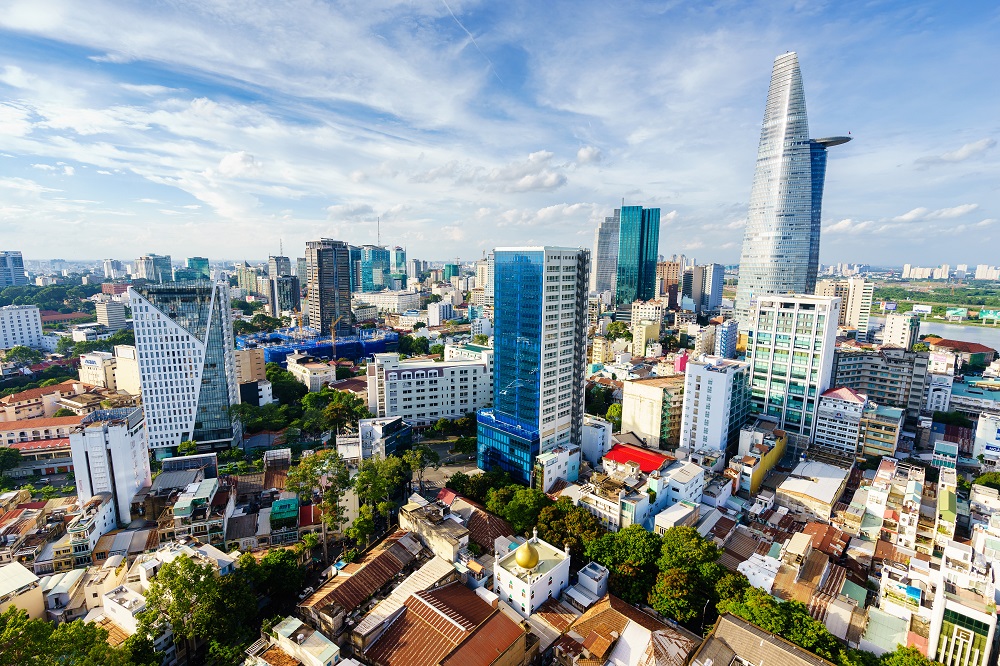3 challenges for Vietnam’s economy in 2018
In 2017, the State Bank of Vietnam (SBV) has been steadfast in pursuing long term targets, which has been highly appreciated by international organizations. As such, while the government wanted to reduce key interest rates and exchange rate to facilitate business. However, the banking system only followed this instruction to a certain extend, while kept focus on long term and stable targets. Trust and belief into the banking system have been improved, for which the ranking for banks is on positive trend.
Previously on October 2017, Moody’s Investors Service has changed its outlook for Vietnam’s banking system to positive for the next 12 – 18 months from stable, reflecting the country’s strong economic prospects and the positive outlooks for most rated banks. On the other hand, non-performing loans (NPLs) have decreased from 17% in 2014 to 12% in 2016, which continued to go down to 9.4% in 2017. These are significant improvements thanks to a strong foundation of the financing system, including total asset, capital and profitability. At present, the Profitability Index (PI -also known as profit investment ratio (PIR) and value investment ratio (VIR), is the ratio of payoff to investment of a proposed project) has been doubled to 11%, while this rate for some commercial banks go up to 14 – 15%, a high level compared to the current rate in Southeast Asian region.
The restructuring process for banking and financing system have had positive impact and created trust in the market, indicating a brighter prospect for the economy in 2018. Assuming policies are kept stable in 2018, there will be a high chance for long term targets to be improved. For economic growth, the short term growth period is expected to come to an end in Quarter III 2018, which will then start slowing down afterwards. In 2019, the long term growth period will decline and create no breakthrough.
In international ground, as the majority of countries reached average income of US$ 2,000 per person annually, the economic growth would start to go down, with only Korea and China being the exception. However, Vietnam has maintained a high growth rate in 4 years since 2014, but it is expected that the growth rate will start going down as a norm. Despite this statement, if Vietnam can achieve breakthroughs in technologies and high quality human resources, GDP growth rate will potentially higher than the estimated rate from international organizations. Specifically, GDP growth rate in 2018 is expected to be over 6%, with inflation rate at 4%, while key interest and exchange rate are kept in stability.
Credit growth will still under close control in 2018 just as in 2017, and consumer credit is expected to experience strong growth, which will play a major part in GDP growth. However, in 2018, Vietnam will face 3 main challenges. Firstly, the instable condition in many countries around the world; secondly, Vietnam still lacks capital and high quality human resources; and finally, the inconsistent in policies implementation of administrative agencies. Therefore, expectation for 2018 is a year of action for all level of governmental agencies, for which all long term targets for monetary policies will be achieved.


 Thailand
Thailand




